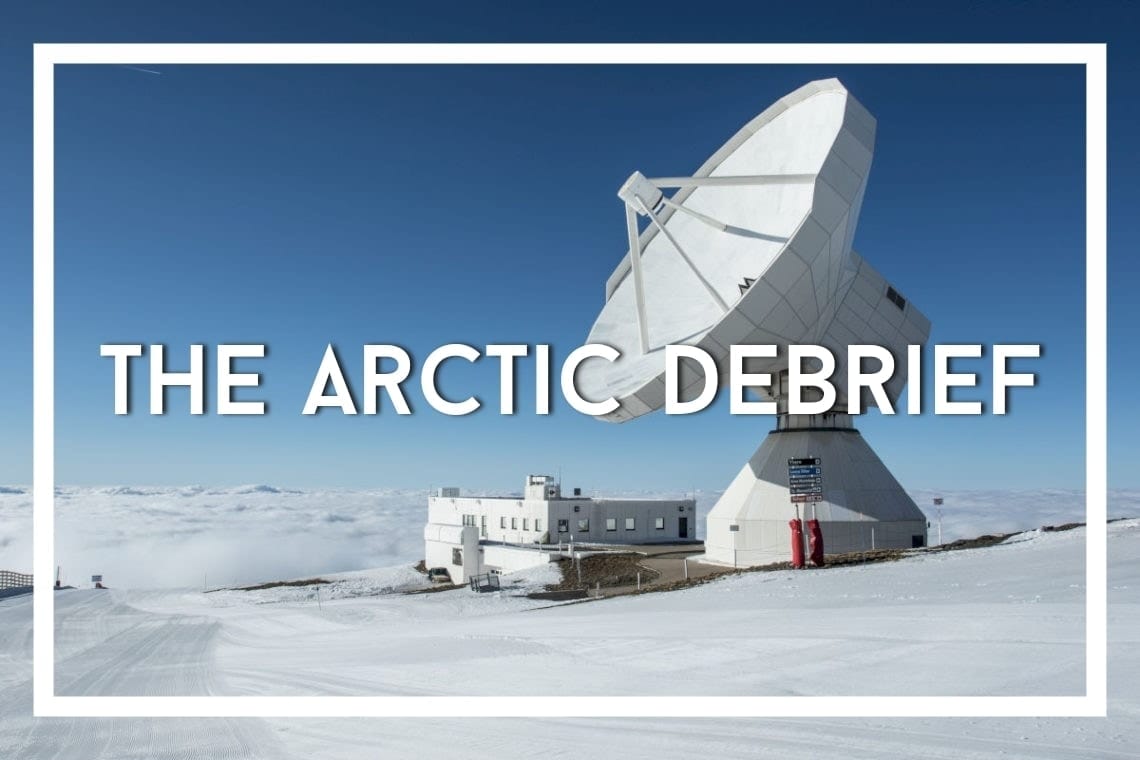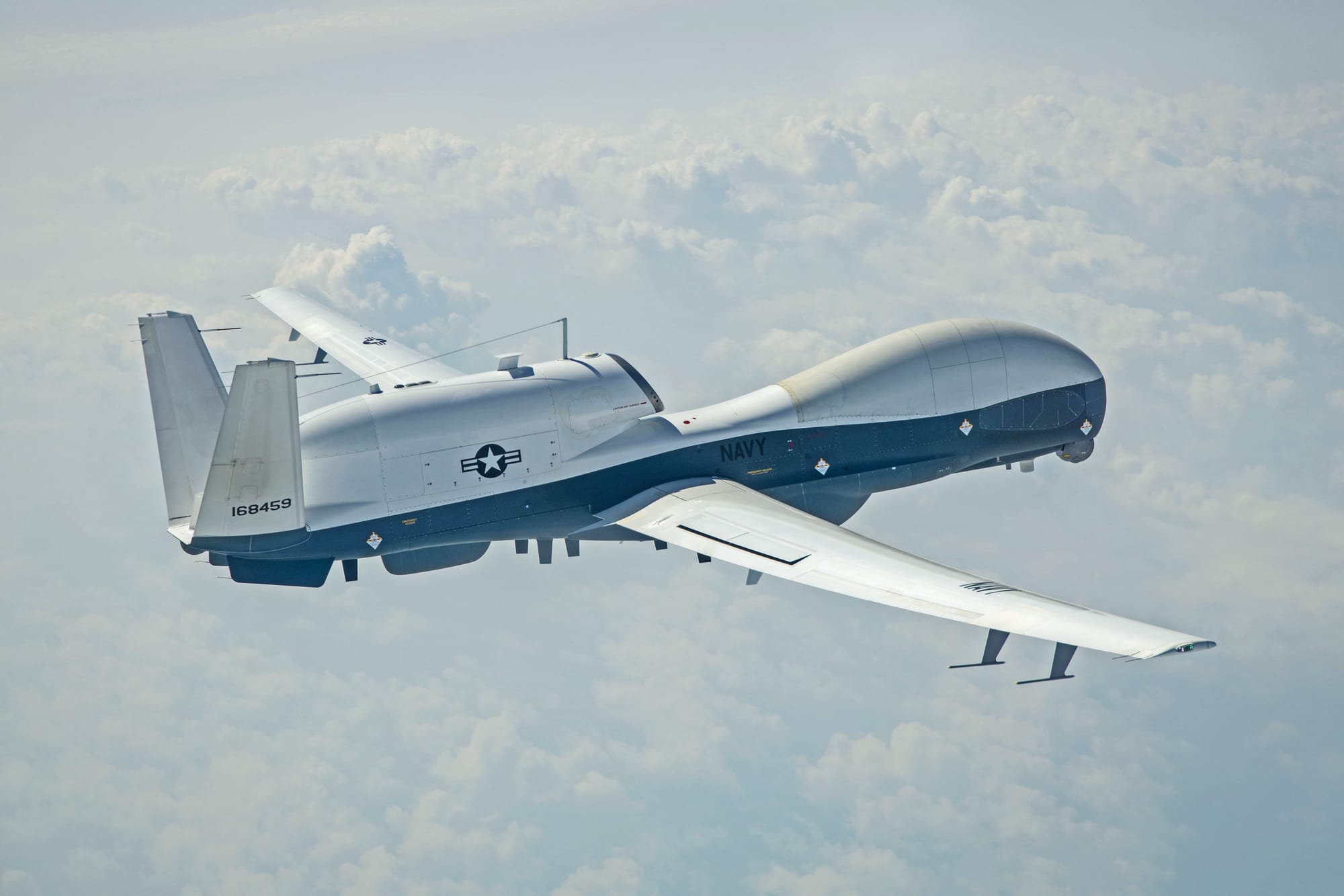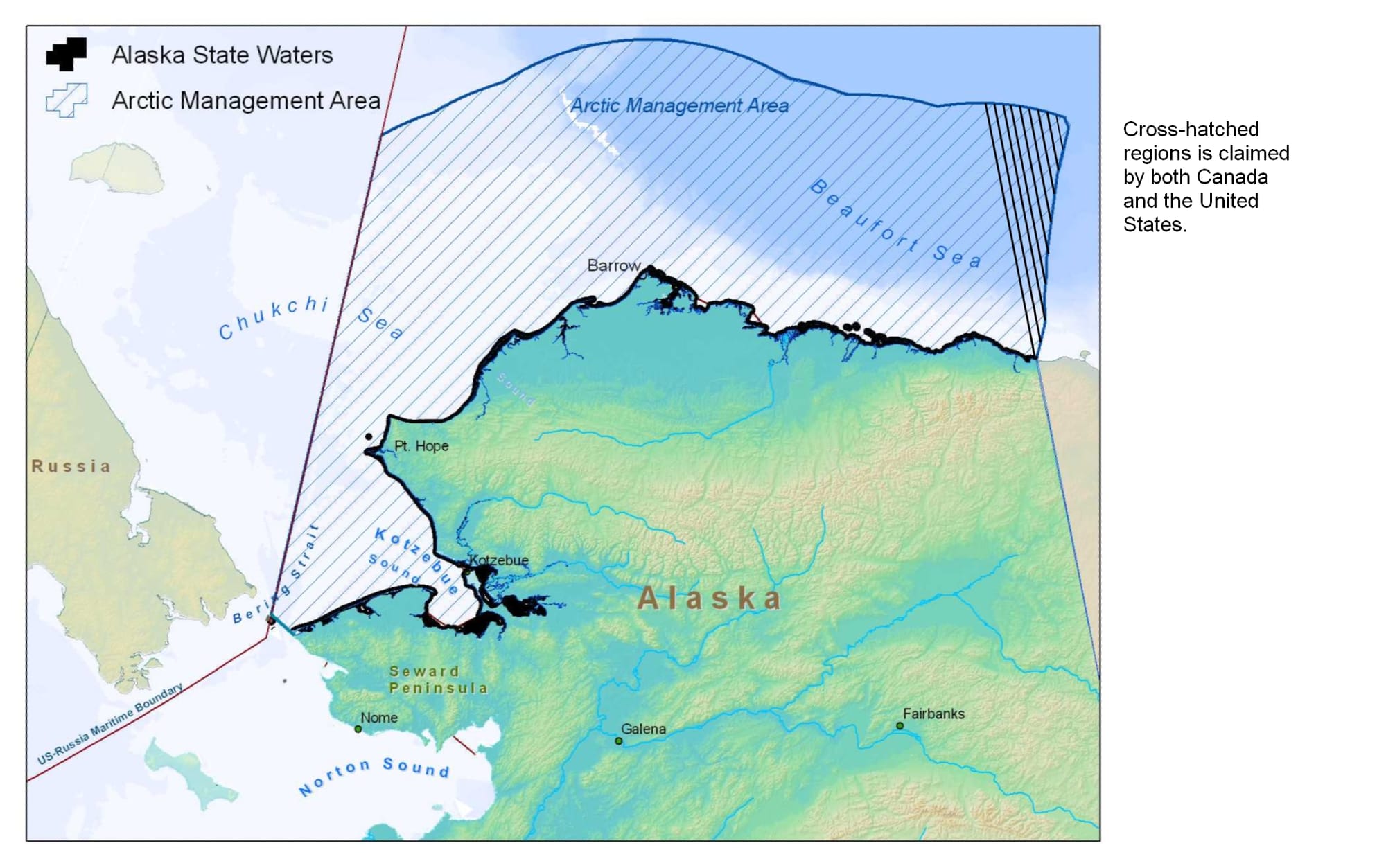The Arctic Debrief: Russia increases investment in developing Northern Sea Route
In this edition: Russia increases investment in developing Northern Sea Route; Northrop Grumman's MQ-4C Triton demonstrates Arctic operability; and Canada and US look to settle Beaufort Sea boundary dispute.

In this edition:
- Russia increases investment in developing Northern Sea Route
- Northrop Grumman's MQ-4C Triton demonstrates Arctic operability
- Canada and US look to settle Beaufort Sea boundary dispute
Latest Developments
Russia increases investment in developing Northern Sea Route

The Russian government has significantly increased investments in its Arctic region with a focus on mineral extraction, transportation and energy production, according to documents posted by the Russian government.
Investments have been made across a number of Russia's northern regions, including larger and more populated regions such as Murmansk and Krasnoyarsk, but also in more remote areas such as Chukotka.
Chukotka, located in Russia's far east, is a remote and underdeveloped region (compared to the previously mentioned regions), yet it received a significant amount of investment. Projects funded by the Russian government include gold and cooper mines, refurbishing of the floating nuclear power plant Akademik Lomonosov, and the development of infrastructure to support cargo traffic going through the Northern Sea Route.
This signals that Russia may be seriously staking its economic development on the Northern Sea Route running alongside its northern territory. These investments will look to further increase Arctic shipping by making the route more accessible and traversable.
Northrop Grumman's MQ-4C Triton demonstrates Arctic operability

Defence manufacturer Northrop Grumman demonstrated the MQ-4C Triton's ability to navigate within the Arctic region. The UAV flew across American and Canadian airspace nearly reaching the north pole.
In addition to being able to withstand extreme weather conditions of the Arctic, the drone was able to remain fully responsible at an extremely high latitude, an issue other similar equipment often experiences. The drone has also shown to be capable of maintain nearly 24 hours of up-time in these conditions.
Multiple Arctic states have considered the use of remote drones to patrol its vast northern territories. This is particularity true in Canada's case who has the second largest Arctic region which is extremely underpopulated and significant military infrastructure.
Although the country has made commitments and begun to fund projects to increase its military presence in the area, any substantial presence is far off. This is likely why Canada has purchased multiple General Atomics MQ-9B drones and P-8 Poseidon maritime patrol aircraft to help secure its Arctic.
Canada and US look to settle long-time Arctic maritime boundary dispute

Canada and the US have declared that a joint task force was formed to negotiate an official boundary in the Beaufort Sea north of Alaska, Yukon, and the Northwest Territories. The move was made as both countries have conflicting territorial claims on the seabed in the area.
The maritime boundary has become an issue as the disputed area is estimated to have significant deposits of oil and gas. Negotiations are set to begin in the fall.
Similar territorial disputes exist all over the Arctic region and have began to garner attention as interest in the region increases. Areas that previously seemed insignificant are beginning to raise tensions among Arctic neighbors as geological studies suggest that significant amounts of gas, oil, and other minerals are becoming increasingly accessible to due receding Arctic ice.

